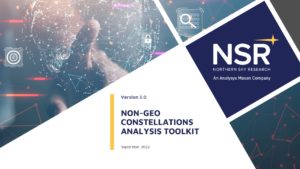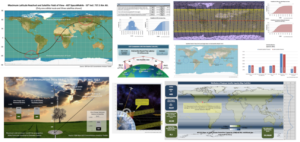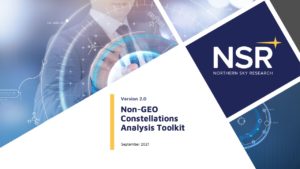NSR’s Non-GEO Constellations Analysis Toolkit, v3.0 Expands Surveyed Systems and Doubles Benchmarking
Version 3.0 of NSR’s LEO and MEO SATCOM Benchmarking Toolset Centralizes Data Management and Introduces Quarterly Updates Cambridge, MA – September 06, 2022 – Today NSR launched Version 3.0 of its Non-GEO Constellations Analysis Toolkit (NCAT3), enhancing the industry-leading evaluation toolset of LEO and MEO satellite constellations. NCAT3 expands the set of NSR-surveyed systems to.




